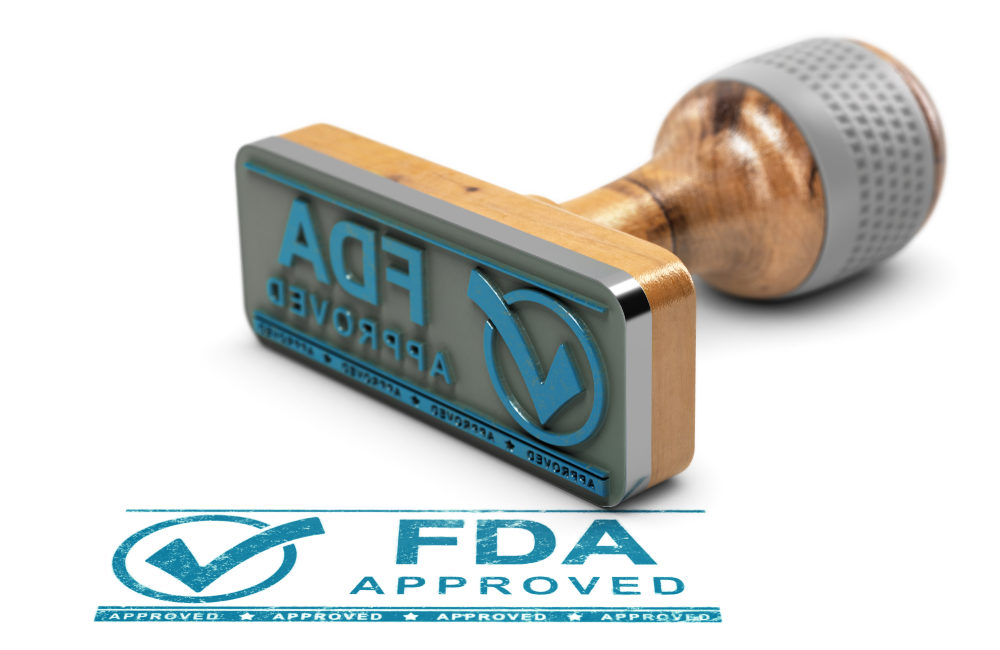Before they can be used on patients, medical devices must be approved by the U.S. Food and Drug Administration (FDA). Recently, the question has been raised of if there are flaws in the FDA’s medical device evaluation process? Researchers at Yale School of Medicine think there are.
According to a recent report from researchers at Yale School of Medicine, the FDA’s De Novo pathway has cleared medical devices that did not meet the FDA’s own standards for safety and effectiveness. The De Novo pathway is a process of making risk-based evaluations about certain medical devices. Researchers say that the FDA has cleared moderate-level risk devices that did not meet the FDA’s criteria.
FDA’s Medical Device Evaluation Process May Clear Dangerous Devices
To reach their conclusion, researchers analyzed data from the FDA that is publicly available. The data includes clinical studies that were conducted prior to the FDA clearing medical devices for patient use. What researchers found is alarming.
According to researchers, one-third of medical devices studied failed to meet
“At least one of the primary effectiveness criteria in their respective “pivotal clinical trial” – the FDA’s process for evaluating the safety and effectiveness of a given device.”
The study also found that about one-fifth of medical devices were cleared without any evaluative studies having been conducted. Researchers note that the De Novo pathway is increasingly common, so it is important to understand the data behind devices the FDA clears in this way.
In response to the Yale report, the FDA replied that they do not comment on specific studies, but rather evaluates them as part of a body of evidence.
How the FDA Categorizes Medical Devices
The FDA categorizes medical devices based on their risk. The categories are:
Class I
Low risk devices. These devices have minimal contact with patients and have a low impact on overall health. Examples of Class I devices include:
- Bandages
- Electric toothbrushes
- Oxygen masks
- Tongue depressors
- Hospital beds
Class II
Moderate risk devices. These devices are more likely to come into contact with a patient. Devices may come into contact with the cardiovascular system or internal organs. Examples of Class II devices include:
- Pregnancy test kits
- Blood pressure cuffs
- Catheters
- Syringes
- Contact lenses
- Surgical gloves
Class III
High risk devices. These devices are implanted into the body, or are part of a life-sustaining device. Smart medical devices, life support systems and permanent implants are all Class III devices. Other examples include:
- Pacemakers
- Defibrillators
- Implanted prosthetics
- Breast implants
- Cochlear implants
Most medical devices fall under Class II. The De Novo pathway was created by the FDA to remove barriers that manufacturers encounter when creating low or moderate risk devices that use technology similar to previously-approved devices. One of Yale’s researchers notes,
“Patients often assume devices are effective because the FDA has cleared them for use. But [they] may be less willing to undergo the risks of implantation and explantation procedures if physicians help them understand gaps in the evidence.”
Consequences of a Poorly Evaluated Medical Device
Medical devices that are poorly evaluated may be dangerous to patients. Unfortunately, the FDA is in an ongoing battle with manufacturers who believe the regulations for low and moderate risk medical devices are too stringent. The FDA must balance what manufacturers and consumers want with what is best to ensure that the devices are safe before a patient uses it.
When the FDA clears a medical device without it meeting safety criteria, patients risk the consequences, including injury, illness or even death. As important as it is for innovative medical devices to be readily available to patients, it is even more important for these devices to be safe and effective.
Sources:
